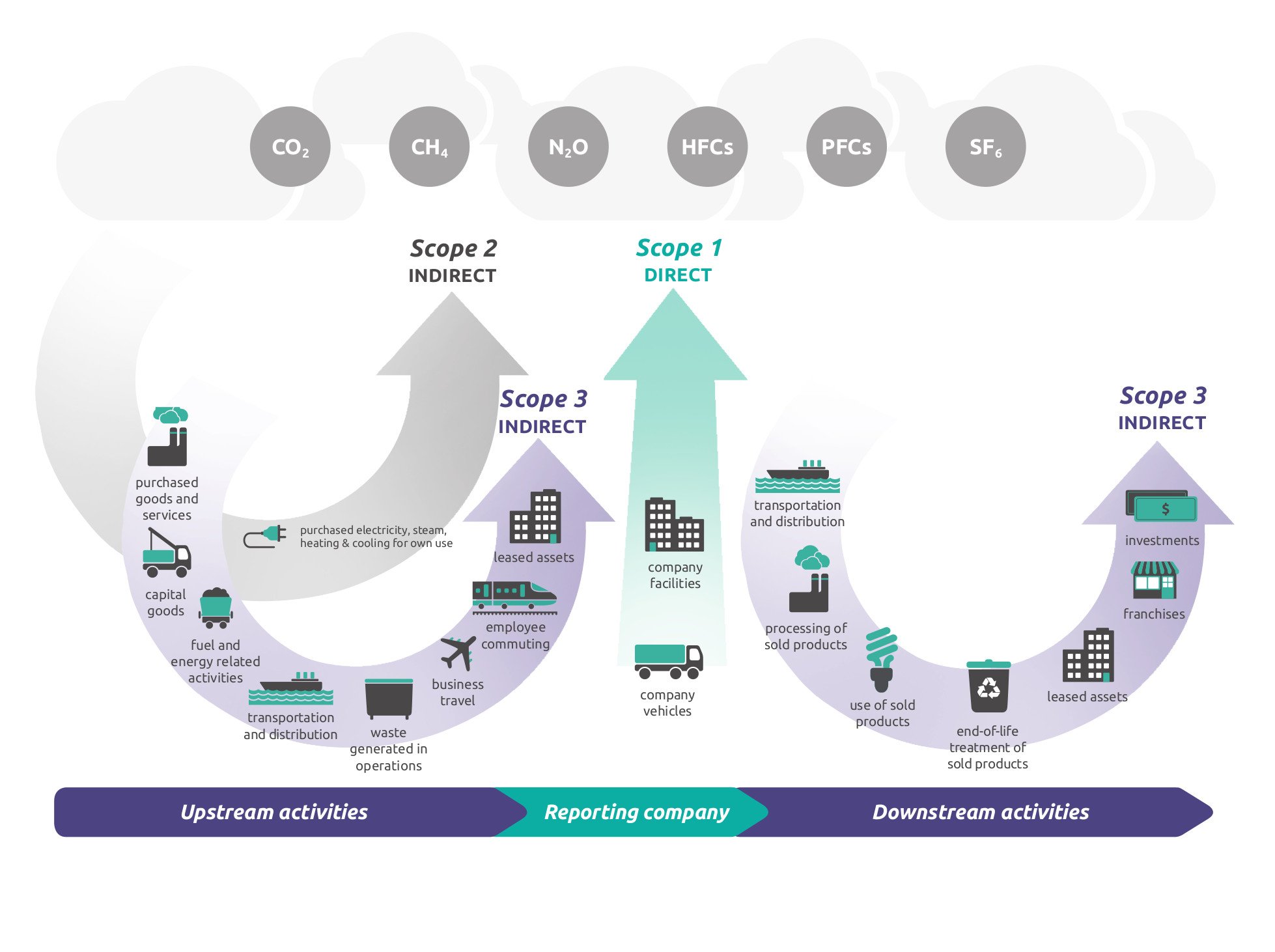6 minutes07/28/2022
By Sandra Gottschall (ConPlusUltra)
Entrepreneurial responsibility is currently undergoing a challenging process of transformation. This ranges from the EU taxonomy – part of the European Green Deal – to the upcoming revisions to sustainability reporting (set out in the EU CSRD) and legislation on due diligence in relation to supply chains. One thing is certain: companies have a key role to play in driving forward the sustainable transition in the society as a whole. They must become increasingly transparent to their stakeholders by scrutinizing themselves and their supply chains in accordance with the ESG criteria. Some of the relevant methods, standards and criteria for such reporting are still being developed, while further challenges such as the war in Ukraine, supply bottlenecks, and skyrocketing energy prices force the companies to make ad hoc strategic realignments.
Yet, despite the wide-ranging challenges in relation to entrepreneurial responsibility, there is one topic that connects these various issues: the climate crisis. When it comes to evaluating the highest risk – and greatest responsibility – of our time, methods to assess and optimize greenhouse gas emissions have made such strides forward in recent years that we now have detailed and valid calculation methods as well as internationally applicable databases at our disposal. This means that in this large-scale transformation process, there is one stable parameter that the companies can build on: their carbon footprint.






